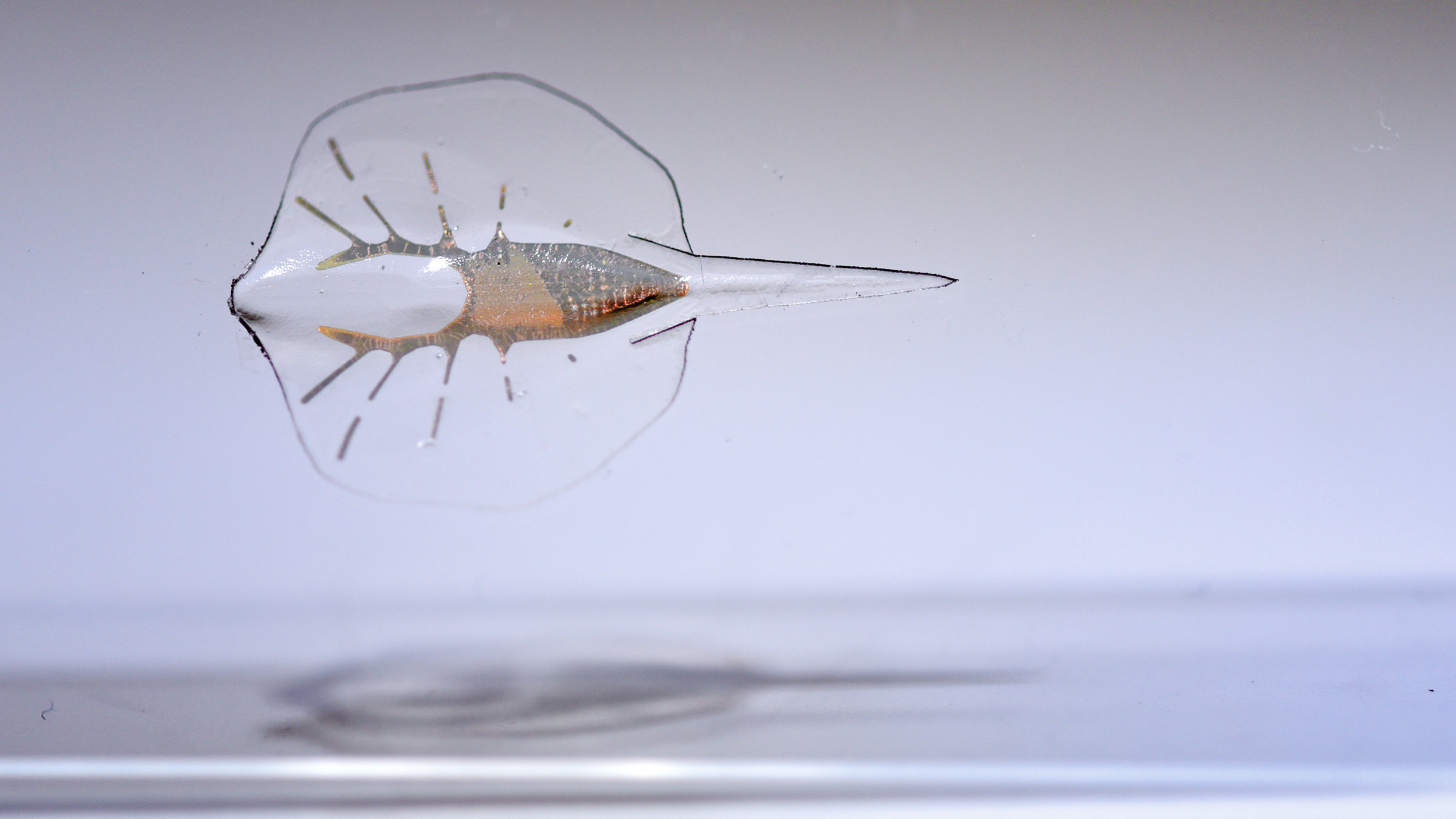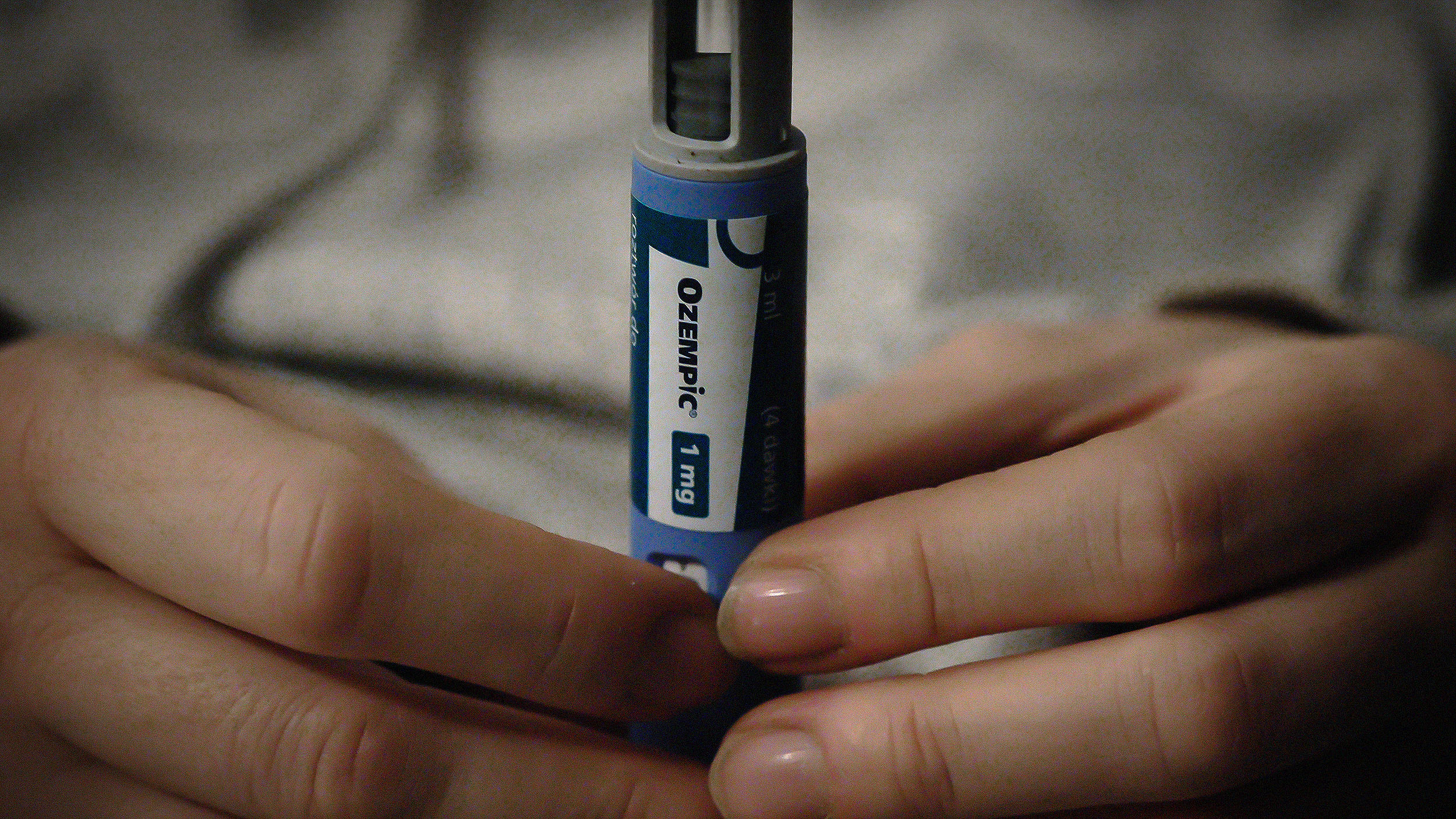The Future of Organ Replacement

There are approximately 105,000 people currently on the waiting list for solid organ transplant in the United States. 18 of those people die every day. These deaths are due entirely to the fact that there are far more people on the waiting list than there are available organs. Kidney transplant patients often have to endure months or even years of being hooked up to a dialysis machine and heart transplant patients may spend just as much time stuck in a hospital bed due to heart failure. In both these cases, patients are waiting for an organ that might never come.
But what if they didn’t have to rely on a donor to receive a new organ? What if all they needed were a few cells from their own body?
Consider the case of 36 year old Andemariam Beyene, who had advanced inoperable tracheal cancer. As little as five years ago, this would have been a death sentence. But since it occurred in 2011, doctors were able to use cutting edge techniques to grow Beyene a new trachea from his own stem cells.
To make the new trachea doctors started with a glass replica that was created based on 3-D scans of Beyene‘s own trachea. It was then coated with polyethylene glycol, a substance porous enough to allow Beyene’s stem cells to grow into it. The artificial trachea needed only two days in a bioreactor before it was ready to be implanted into Beyene. This whole process took just one week. Additionally, since the new trachea was made from his own cells, Beyene doesn’t have to take anti-rejection medication for the rest of his life.
While the above incident is certainly a medical breakthrough, why is this new treatment method such a game changer? There are several reasons. First, any organ that can be regrown from a patient’s own cells negates the need for said patient to be on a donor list; they would no longer need someone else’s organ to replace their own.
If everybody on the organ transplant waiting list could have the organ they required grown from their own body in just a few days, none of them would have to die from organ failure. They could have their old organ swapped out with the new one, spend a little time recuperating and be out of the hospital relatively quickly. Needless to say, this would save billions in healthcare costs, which is always a happy side effect of medical advances.
The second benefit relates to the age of the patient. In today’s world, if you are 80 years old and you need a new heart, chances are you’re not going to get it. Any donor hearts that are available will go to someone younger than you. However, if you can have a new heart grown from your own body, then as long as you are healthy enough for the surgery (and have the money to pay for it) you can get that new heart, which should be as strong and healthy as your own was when you were much younger.
While it’s true that at present most organs can not yet be grown in the lab, things are moving forward rapidly. Currently, tracheas have been grown in the lab and successfully implanted into patients. This has also been done with bladders and urethras. Research has also begun into growing livers, hearts, kidneys, pancreases and thymus glands.
The rate at which medial technology is advancing is truly astounding. In the coming years and decades, we will be entering a new era of health and longevity. Gone will be the days of organ transplant wait lists. Gone will be the days when we require an external donor, who often never materializes, to get the organ we need to continue living. If you find that any of your organs have stopped functioning properly, whether from traumatic injury, disease, or simply old age, just grow yourself a new one!
Image credit: Shutterstock.com
From life-saving apps to cutting-edge military defense, the Humanizing Technology online expo explores and expands the boundaries of what it means to be human, today and far into the future.





